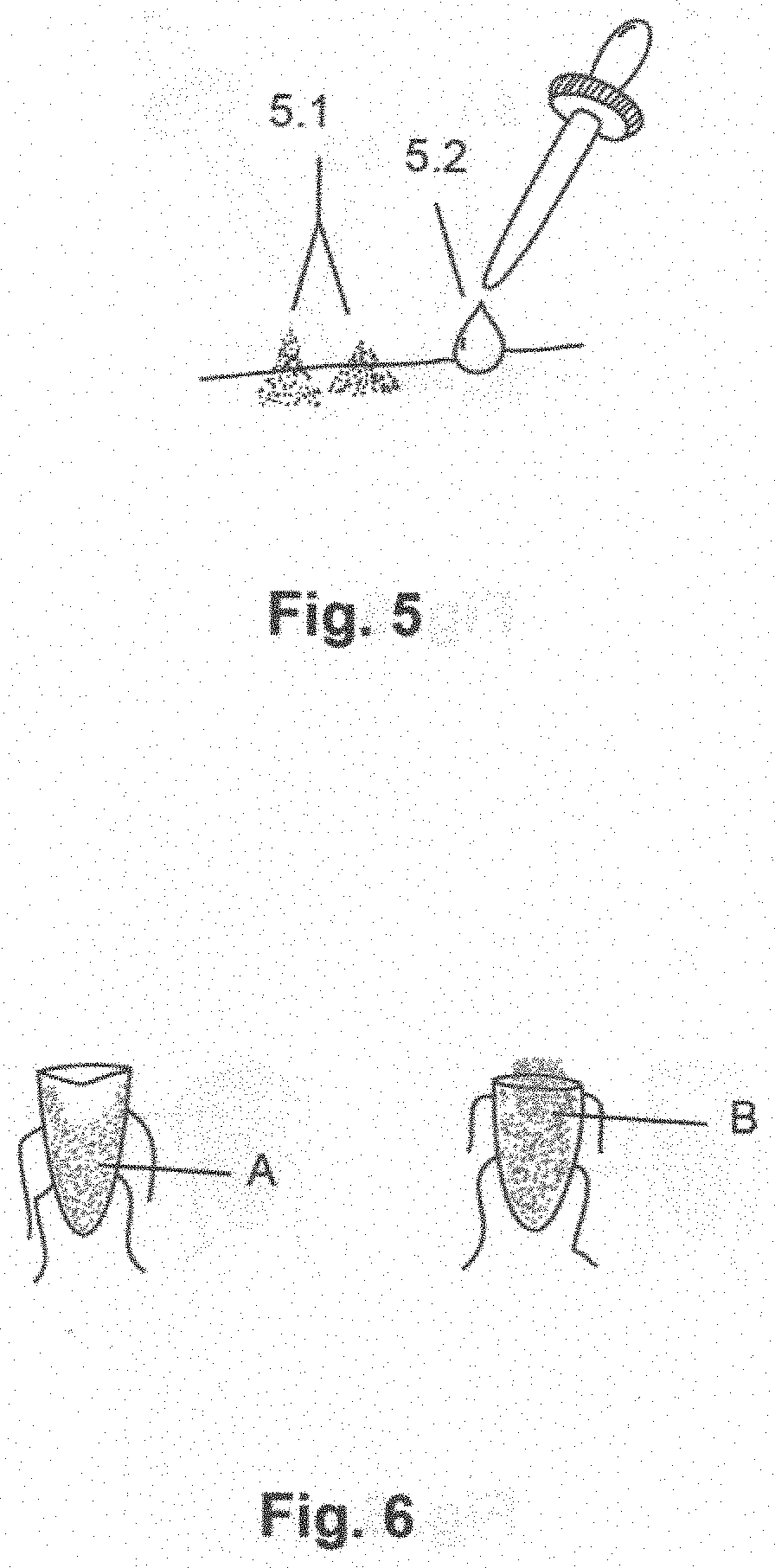Entomological taxidermy process to reinforce the exoskeleton of colleoptera and minimize the fragility of a specimen for its later use in decorative applications
a taxidermy process and exoskeleton technology, applied in the field of entomological taxidermy processes to reinforce the exoskeleton of coleoptera, can solve the problems of jeopardizing the ability of the exoskeleton to retain color and hardness
- Summary
- Abstract
- Description
- Claims
- Application Information
AI Technical Summary
Benefits of technology
Problems solved by technology
Method used
Image
Examples
examples
[0079]Ten coleopterous were analyzed, four without filling and six with different types of filling, to evaluate the force measured in g that they resist; Given the difference in sizes and shapes of the samples, the hardness measured in g·s and the approximate volume of the abdomen of each sample were calculated to obtain a relationship between these characteristics, finding that the samples with filling presented considerably greater resistance than those without filling; analyzes were performed using the TA.XT Plus® Texture Analyzer from Stable Micro Systems®.
[0080]The hardness is a physical property of the materials that consists of the resistance to undergo a physical alteration, such as scratches or penetration, so it relates to rupture; the harder a material is, the stronger it will be.
Methodology
I. Identification and Photographic Record
[0081]The specimens were coded and photographed according to the number with which they had been identified since shipment, with the descriptio...
PUM
| Property | Measurement | Unit |
|---|---|---|
| volume | aaaaa | aaaaa |
| volume | aaaaa | aaaaa |
| thick | aaaaa | aaaaa |
Abstract
Description
Claims
Application Information
 Login to View More
Login to View More - R&D
- Intellectual Property
- Life Sciences
- Materials
- Tech Scout
- Unparalleled Data Quality
- Higher Quality Content
- 60% Fewer Hallucinations
Browse by: Latest US Patents, China's latest patents, Technical Efficacy Thesaurus, Application Domain, Technology Topic, Popular Technical Reports.
© 2025 PatSnap. All rights reserved.Legal|Privacy policy|Modern Slavery Act Transparency Statement|Sitemap|About US| Contact US: help@patsnap.com



